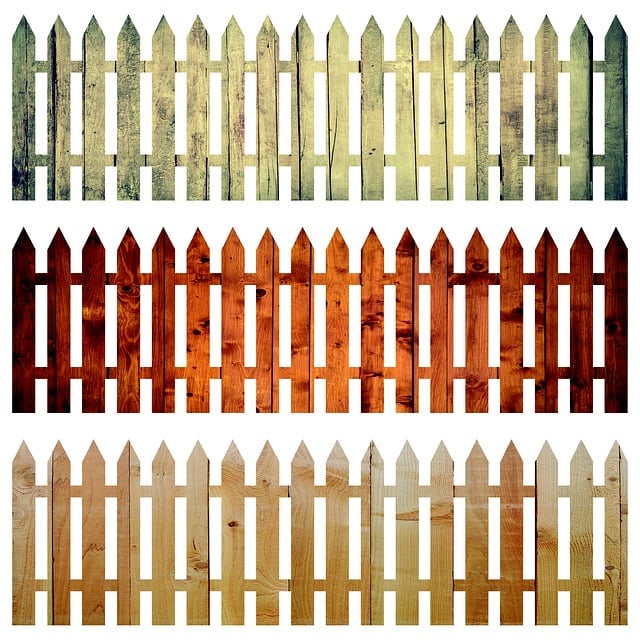In New Bedford, Massachusetts, where varying seasons can take a toll on outdoor structures, proper fence maintenance is essential. This comprehensive guide navigates the crucial steps to ensure your property’s fence remains in top condition year-round. From assessing winter damage and spring cleaning to summer treatment and fall preparation, each season demands specific attention. By following these seasonal recommendations, homeowners can extend the lifespan of their fences, enhancing curb appeal and structural integrity well into the future.
- Assessing Fence Damage During New Bedford Winters
- Spring Cleaning: Prepping Your Fence for Warmer Months
- Summer Maintenance: Treating and Protecting Wood Fences
- Fall Preparation: Ensuring Fence Longevity Through Winter
Assessing Fence Damage During New Bedford Winters
In New Bedford, Massachusetts, winters can be harsh, with snow, ice, and strong winds—all of which take a toll on outdoor structures like fences. Assessing fence damage during these months is crucial for ensuring timely repairs and prolonging the lifespan of your fence. Look out for signs of rot or decay, especially in wooden fences, as water accumulation over the winter can accelerate deterioration. Check for loose or missing pickets, brackets, and posts. Ice and heavy snow can cause stress on fences, leading to warping or bending, so inspect for any structural damage that might have occurred during the season’s harsh conditions. Additionally, keep an eye out for broken or cracked concrete posts, which may need replacement to maintain fence stability.
Spring Cleaning: Prepping Your Fence for Warmer Months
As spring approaches, it’s time to wake up your fence from its winter slumber and prepare it for the busier months ahead. This is a perfect opportunity to perform some much-needed cleaning and maintenance, ensuring your fence is in top condition for the warmer weather. Start by removing any debris, such as fallen leaves or branches, that may have accumulated over the cold season. A thorough sweep or pressure wash will help remove dirt and grime, revealing the fresh wood or metal underneath.
Don’t forget to inspect your fence for any signs of damage caused by winter’s harsh conditions. Check for loose or missing boards, rusted joints, or any structural issues. Repairing these early on will prevent further deterioration and ensure your fence can withstand the increased activity and potential wear and tear during the peak seasons.
Summer Maintenance: Treating and Protecting Wood Fences
During the summer months, New Bedford’s warmer temperatures and increased rainfall create an environment ripe for wood fence deterioration if proper maintenance isn’t prioritized. To protect your fence, start by inspecting it regularly for any signs of rot, cracks, or damaged boards. Address these issues promptly to prevent further damage. Apply a fresh coat of sealant every few years to create a protective barrier against moisture and UV rays, ensuring the finish remains smooth and chip-free.
Regular cleaning is also essential. Use a pressure washer or stiff brush to remove dirt, mildew, and algae buildup. Be sure to dry the fence completely afterward to avoid water seeping into the wood. Consider power washing in early summer to restore the fence’s natural beauty and protect its surface from harmful elements, ensuring it remains sturdy and attractive for years to come.
Fall Preparation: Ensuring Fence Longevity Through Winter
As autumn sets in, New Bedford homeowners should prepare their fences for the upcoming winter season. This time of year is crucial for extending the lifespan of your fence and ensuring it remains in top condition when spring arrives. One of the primary steps is to inspect the fence thoroughly for any signs of damage or wear and tear. Check for loose or missing boards, rusted posts, and secure all hardware to prevent further deterioration.
Treatment with a high-quality water-based preservative or sealant can protect the fence from the elements. This step is especially important for wooden fences as it shields against moisture penetration, which can lead to rot and insect infestations. By taking these proactive measures in fall preparation, you’ll ensure your fence’s longevity and maintain its structural integrity throughout the winter months.
